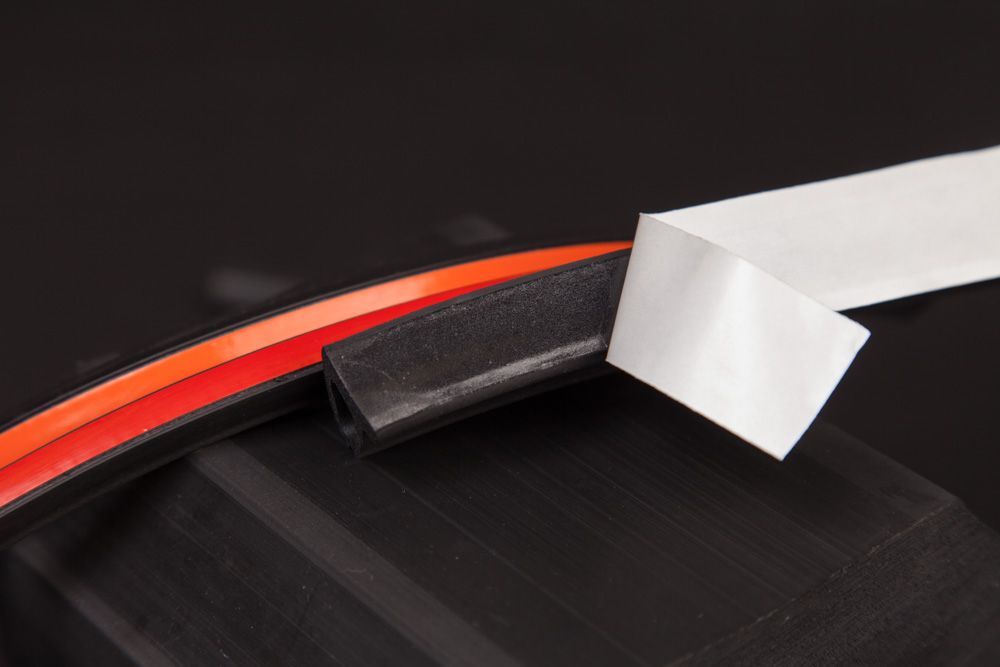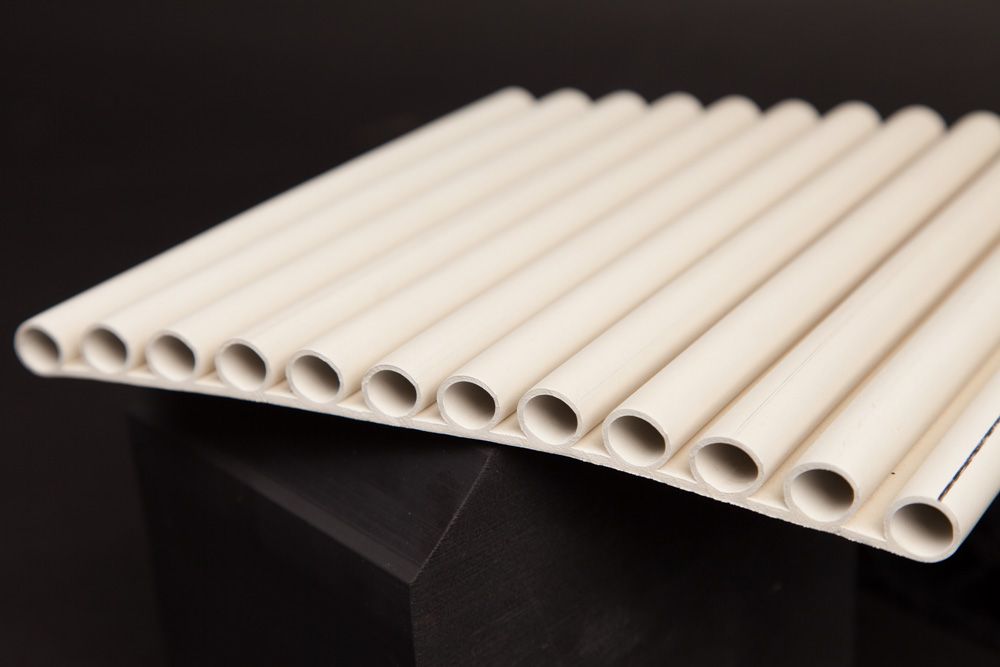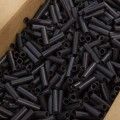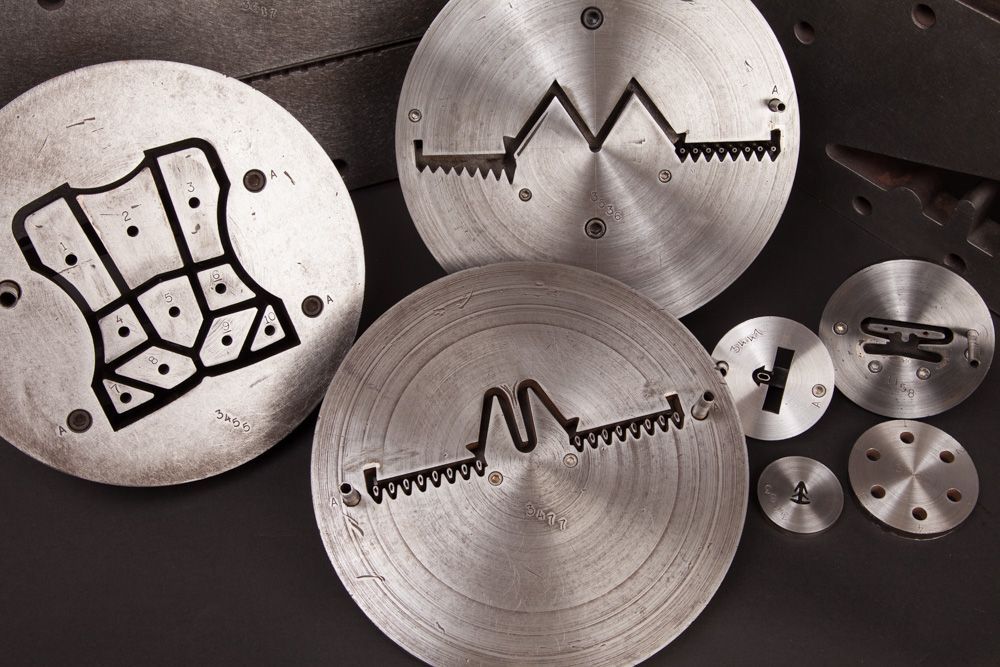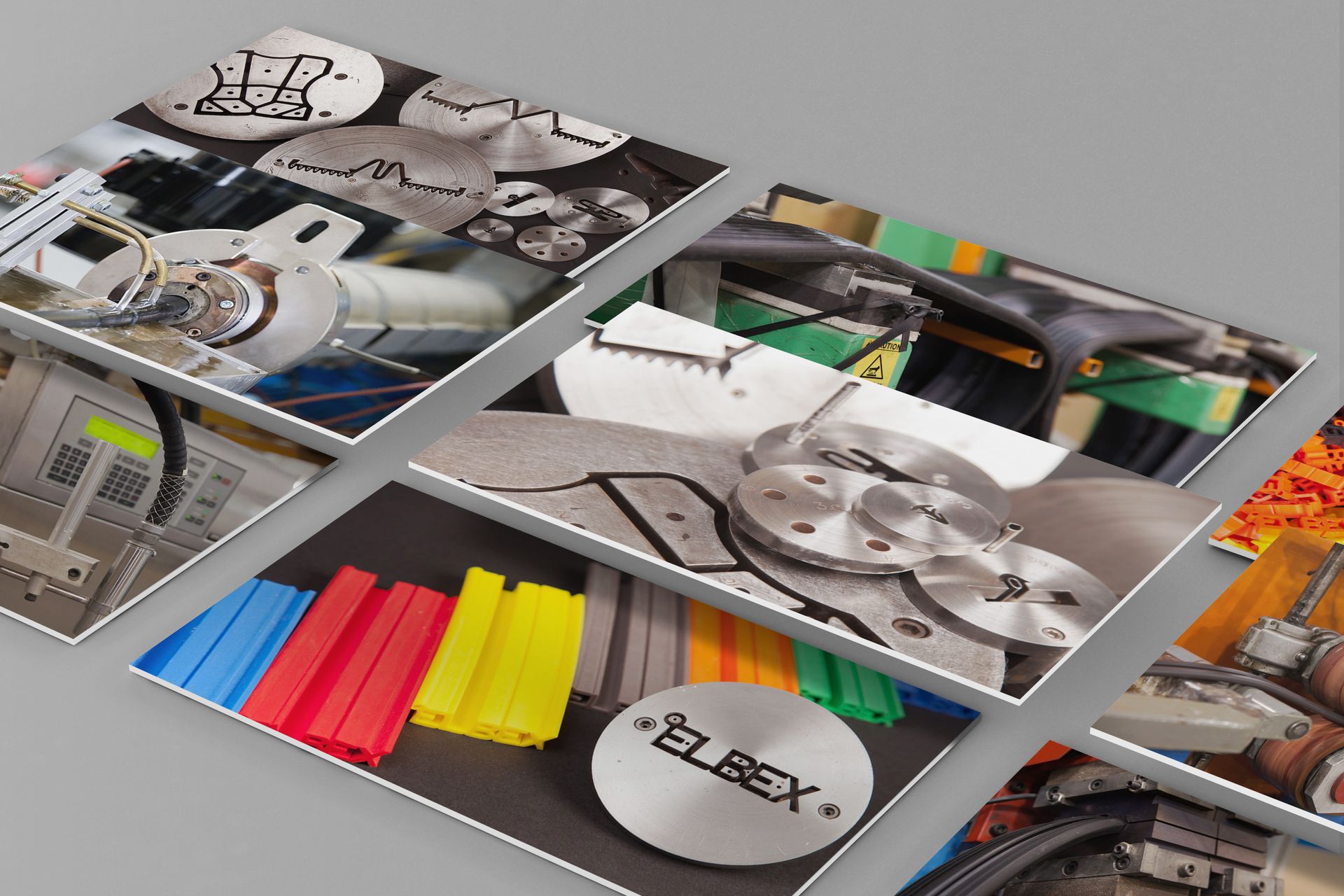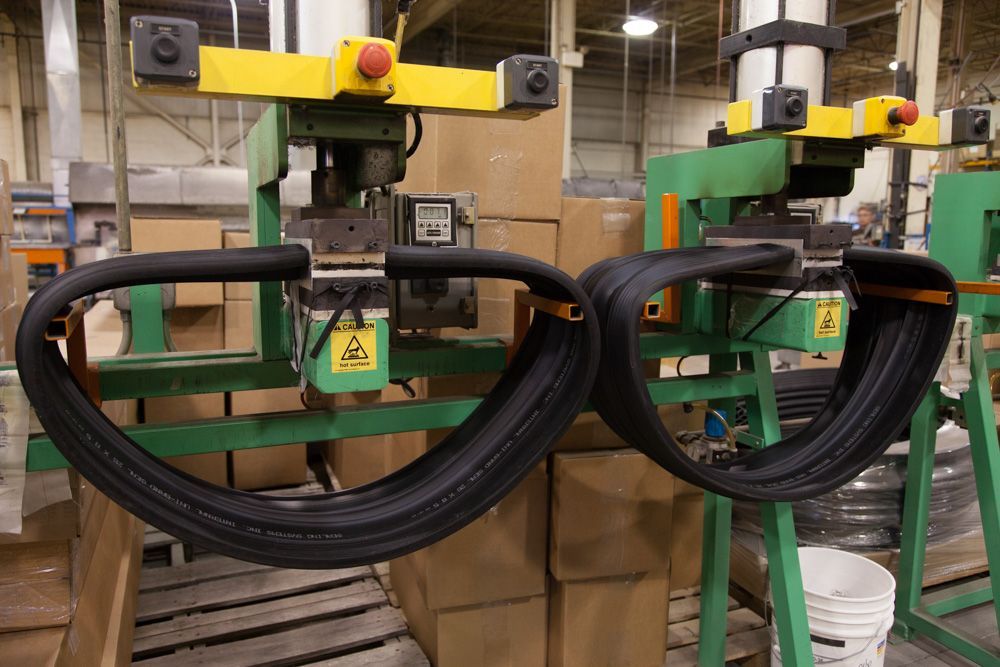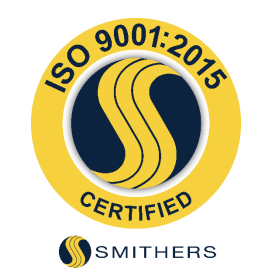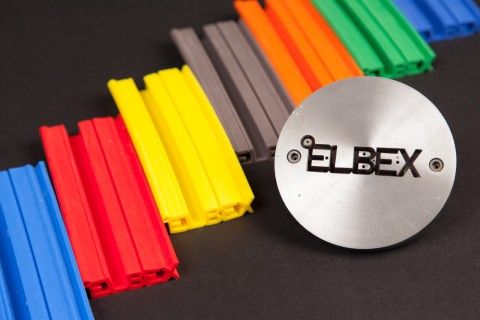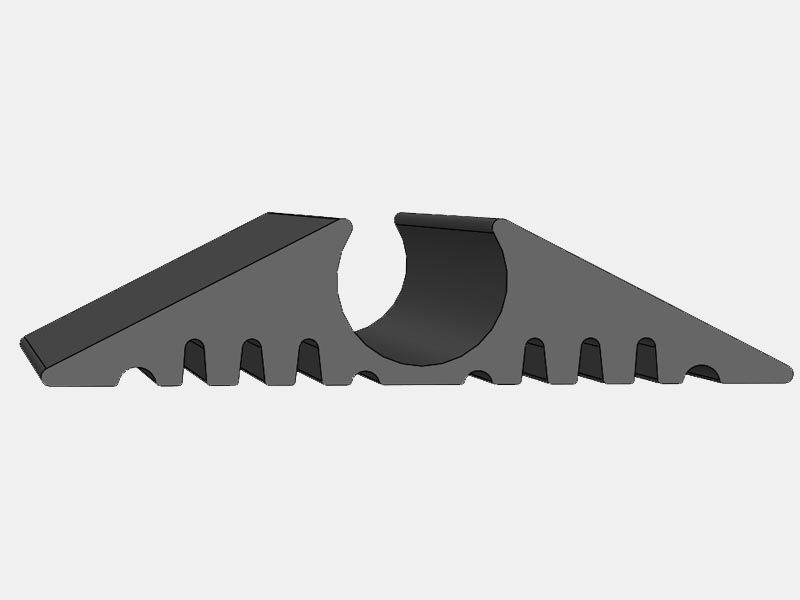What is Butyl?
Butyl is produced by copolymerizing isobutylene with small amounts of isoprene (typically 98% polyisobutylene and 2% isoprene). Butyl rubber was first commercialized in the early 1940s. With excellent gas impermeability and air retention along with good flex properties, the first major application of butyl rubber was tire inner tubes.
Butyl rubber has a typical service temperature range between –75° F and +250° F.
Elastomers Offered
ADVANTAGES:
Butyl rubber has exceptional resistance to gas and moisture (water and steam) permeation. Butyl rubber also has excellent resistance to oxygenated solvents (ketones and alcohols), alkalis, flexing, and abrasion. Butyl is capable of providing high energy absorption (damping) and thus has excellent electrical isolation performance. Butyl has good resistance to sunlight, ozone, heat aging, animal and vegetable oils, oxidizing chemicals, silicone fluids and greases, ammonia, hydrazine, and phosphate ester type hydraulic fluids (e.g., Skydol, Fyrqeul, Pydraul).
The molecular structure of butyl rubber can be oriented to resist stress. Mechanical properties are retained over a relatively wide stiffness range since reinforcement is not required for good tensile and tear strength.
LIMITATIONS:
Butyl rubber is difficult to handle during manufacturing because of its tendency to trap air, blister, and creep. Cold flow characteristics and flame resistance are poor. Butyl is not recommended for use with petroleum oils, fluids, or solvents. Butyl has poor resistance to aromatic hydrocarbons (e.g., Benzol, Toloul), aliphatic hydrocarbons (e.g., kerosene, turpentine), coal, tar, and diesterbased lubricants. Cold weather properties for butyl rubber are fair.
COMMON APPLICATIONS:
Butyl’s excellent impermeability to gas makes it very useful in seals for vacuum applications. Butyl’s gas impermeability coupled with its air retention capabilities make butyl popular for use in tire inner liners and inner tubes. Butyl is also used in hydraulics applications where synthetic fluids are used.
Durometer
The hardness of rubber compounds is measured by the Shore A durometer; the higher the durometer number, the harder the compound. Softer compounds stretch easier and seal better on rough surfaces. Harder compounds offer greater abrasion/extrusion resistance.
Typical Questions Asked
- What is the application or function of the part?
- Is there a target cost per part that should be considered?
- Will the part be located inside or outside?
- What, if any, are the temperature requirements?
- Is there exposure to specific chemicals?
- Does the part need to meet any regulatory requirements?
Now that you know what materials your project needs, fill out a request for a quote form to get started.
For more detailed information on material selection, please see our engineering technical information page. Several PDF data sheets are available for download.
Engineering Resources to
Support Your Project
ELBEX Corporation is committed to providing top-notch support to its customers during the design and manufacturing process. We understand that the success of our clients is directly tied to our ability to provide them with the highest level of service possible. Therefore, we work closely with our customers to ensure that their needs are fully understood and met. Our team of experts has a wealth of experience in the industry, which enables us to provide valuable insights and advice to our clients.
CUSTOM ON-SITE TOOLING
We meet your needs for custom extrusions with in-house, custom tool and die design services.
TECHNICAL RESOURCES
Find technical resources and to assist in the design of effective and efficient rubber extrusions.
DESIGN ASSISTANCE
We're ready to offer design assistance and troubleshoot old problems for your unique project.

